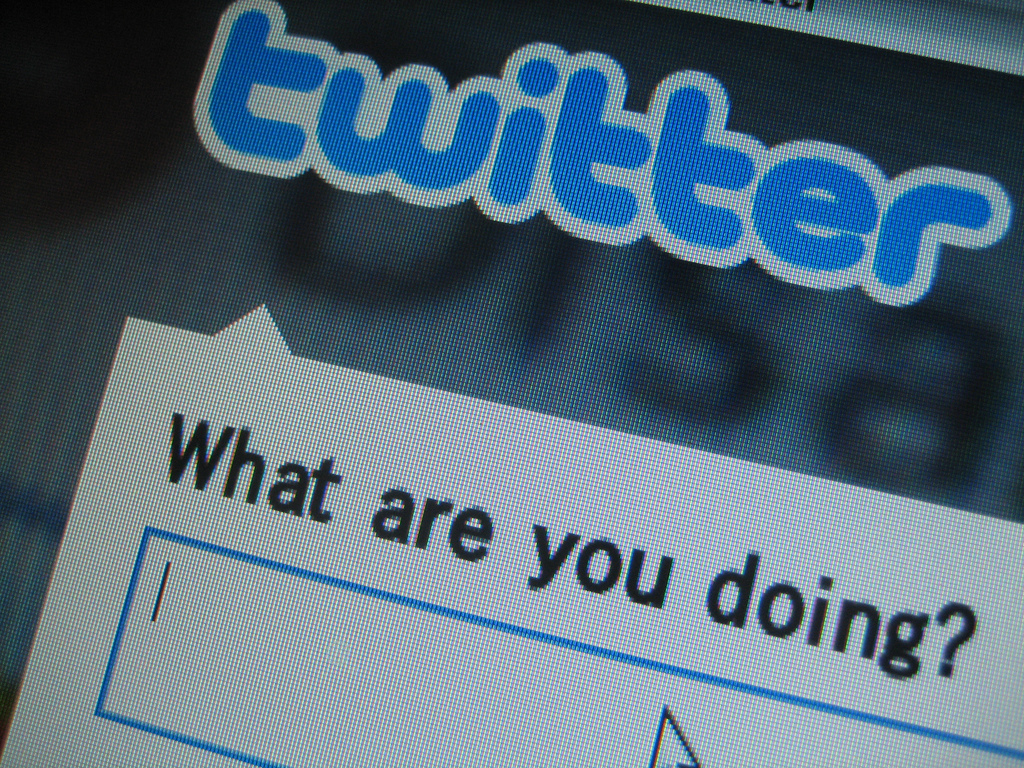Oral Culture and Social Media
As I was wandering around the Internet in regards to our readings this week, I came across an article from The Atlantic. The premise of this article suggests the study of oral culture is assisting us in dissecting the role of social media in our lives today. While it is obvious the foundation of social media lies in literacy, the article suggests there is a “reemergence into the ‘public sphere of many’ of the oral dynamics that previously functioned outside the broadcast- and newspaper-dominated media” (Madrigal, 2011). At first reading, I completely disagreed with this statement. After reflection on the primitive nature of social media text in conjunction with the lack of punctuation and increased abbreviated slang/jargon, I do believe this reflects elements of an oral culture. Add in the ‘town crier’ aspect to social media, this author might be on to something…maybe a hybrid culture?
Any thoughts?
Resource:
Madrigal, A. (2011, May 31). Oral culture, literate culture, twitter culture. The Atlantic. Retrieved from http://www.theatlantic.com/technology/archive/2011/05/oral-culture-literate-culture-twitter-culture/239697/
Twitter Image Creative Commons Licensing.



Interesting idea. It reminds me of what O’Donnell mentions in the Cambridge Forum radio broadcast “From Papyrus to Cyberspace,” from the first Module. He states that abbreviations such as “hi” (instead of “hello”) filled a function that was needed at the time, and so it was accepted into the language. Since attention spans in our fast paced world are shorter, and with communication tools such as Twitter, which only allow for a certain number of characters, abbreviations enable the writer to write and communicate more, and punctuation just takes up room (or characters).
O’Donnell states that one of the drawbacks to this abbreviated language is that most of the “email” abbreviations only work visually and that you do not hear people say out loud “I’ll talk to you later f2f,” even though they may write it that way. Well, that was back in 1999 and in today’s society I feel like it is not uncommon for people to say aloud “ttyl,” “brb,” or even something my students say all the time, “#swag.” Primarily because it is so quick and convenient, I do not think that people will go back to the longer way of writing things out (unless for a special occasion such as a requirement for a formal paper), since it does take up more time and space.
Looking at some of Ong’s characteristics of oral societies, I do not think that you could definitively say we are reverting back to an oral culture; however, I think your idea of a hybrid culture is an interesting notion.
References:
Engell J. & O’Donnell J. (1999). From Papyrus to Cyberspace. [Audio File]. Cambridge Forums.
Interesting proposition. I think that many people do use social media as a tool to share quick thoughts and/or repeat things that they have seen or read much like one does in a conversation. As well, generally speaking, many users post in an informal style which is similar do speaking. Furthermore, Social media also leads itself to quick ‘sound bite’ style posts and articles that can be differentiate from more in-depth thoughts or posts like articles from the Atlantic, New Yorker, or other more substantial literary pieces.
Is it the public sphere of social media that is similar to orality? As in everyone with earshot can hear your thoughts, much like anyone who opens your page can read your ideas? I can see some validity in this argument, but overall, despite these similarities, aside from videos, social media is basically text based, and in my opinion couldn’t really be considered that similar to oral traditions.
I feel that the shortening and abbreviating of words used in short social media text based communications is due to necessity of limited space. While some see this as a negative impact to language, can it be considered an evolution to communication? I also feel the same way as Kara in the statements that O’Donnell makes, and we now do see the shortening and adapting of words being used orally. One evolution invokes another evolution to take place.
The speed in which technology increases, and pushes faster and faster communication has shortened our words but has also influenced communicating with not just text, but images and video. I feel social media is getting closer and closer to the oral traditions of storytelling. We are expressing our selves online through communication that includes not only visual, but audio.
It’s interesting with the rise of audio messages, that audio communication has moved from synchronous to asynchronous to act more like a text message that waits to be read in a delayed communication style.
It’s currently common to see text based messages embedded into images as a way to communicate, providing yet another means of using visual story telling to transmit a message. It will be interesting to see how the future of of our oral culture is impacted by increasingly rich message content.
Although social media abbreviates our written expression and our shortened expression may result in a hybrid culture, to compare abbreviated text on social media to oral culture would mean to ignore the nuances of body language, intonation, facial expression and silent communication of the eyes. Although I understand how social media can be labeled primitive (which is also a contradictory statement considering the interconnectedness of hashtags and word selection in relation to SEO) I cannot comfortably refer to oral communication as primitive.